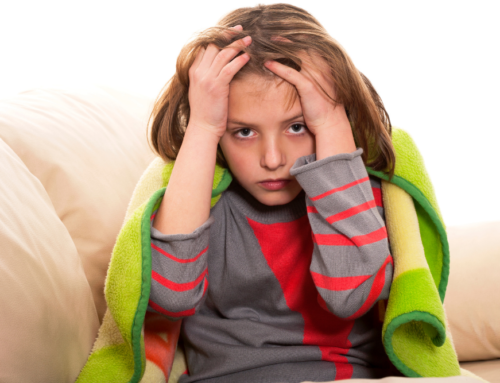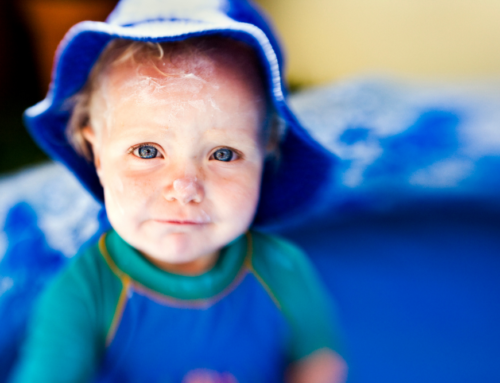Hand-foot-and-mouth disease (HFMD) is a viral infection caused by what is called the Coxsackie A6 virus. A common pediatric illness in children ages 6 months to 4 years, it is contagious but typically mild. The condition gets its name from the rash and tiny water blisters it produces on the palms, fingers, soles and toes, and red ulcers that occur in the mouth.
HFMD should not be confused with foot-and-mouth disease, also known as hoof-and-mouth disease. That illness is found in farm animals and cannot be contracted from them or transmitted to them.
HFMD Symptoms
In addition to the red spots, blisters and ulcers noted above that are the primary symptoms of HFMD, children with the illness may also experience:
- Low-grade fever of less than 102 degrees Fahrenheit
- Sore throat
- Decreased appetite
- Irritability
- Red rash on the buttocks
- Generally, “not feeling well”
Symptoms occur 3-6 days after exposure, typically beginning with a fever followed by a sore throat. Ulcers in the front of the mouth and a rash on the hands and feet tend to follow at 1-2-day intervals.
Note that ulcers in the back of the mouth may be a symptom of a different condition called herpangina. Also, in recent years, a more severe form of HFMD has been identified. It can cause a rash made up of small blisters on the arms, legs and face, as well as the temporary loss of fingernails and/or toenails.
How HFMD is Transmitted and Prevented
Hand-foot-and-mouth disease is passed from one person to another through contact with saliva, nasal secretions, respiratory droplets from a sneeze or cough, blister fluid or fecal material. The virus typically makes its way into the body through the mouth. It is common in childcare settings where children are in contact with one another, shared toys, etc.
As we tell parents at our pediatric clinic, the risk of contracting HFMD can be reduced by:
- Avoiding contact with people who are infected
- Frequent, thorough hand washing
- Disinfecting of common areas and shared items such as toys
- Teaching children to keep hands, toys and other objects out of their mouth
Children who contract HFMD should be kept out of childcare until the fever is gone and the sores have healed. This will be approximately 10 days.
Treating HFMD
There is no treatment for HFMD other than addressing the symptoms. It is especially important to ensure the child does not become dehydrated. Symptoms of dehydration include not urinating in more than eight hours, dark urine, no tears, and very dry mouth.
Other tips for addressing symptoms include using over-the-counter medicine as directed to reduce a fever and minimize mouth pain. Children with HFMD should also avoid citrus, salty or spicy foods that can irritate mouth ulcers, and should be given soft foods that require minimal chewing.
Cold beverages and foods including milkshakes, popsicles and sherbet are helpful. Liquid antacid, applied with a cotton swab for children ages 1 to 6 years or given as 1 teaspoon for children over age 6, can help minimize mouth pain from sores.
When to Call Mountainland Pediatrics
Generally, HFMD resolves on its own, with the fever reducing within a few days and the rash and sores healing by 10 days. You should call Mountainland Pediatrics if your child’s condition worsens or fails to improve, or if you have any questions or concerns. Contact our pediatric clinic at (303) 430-0823.



